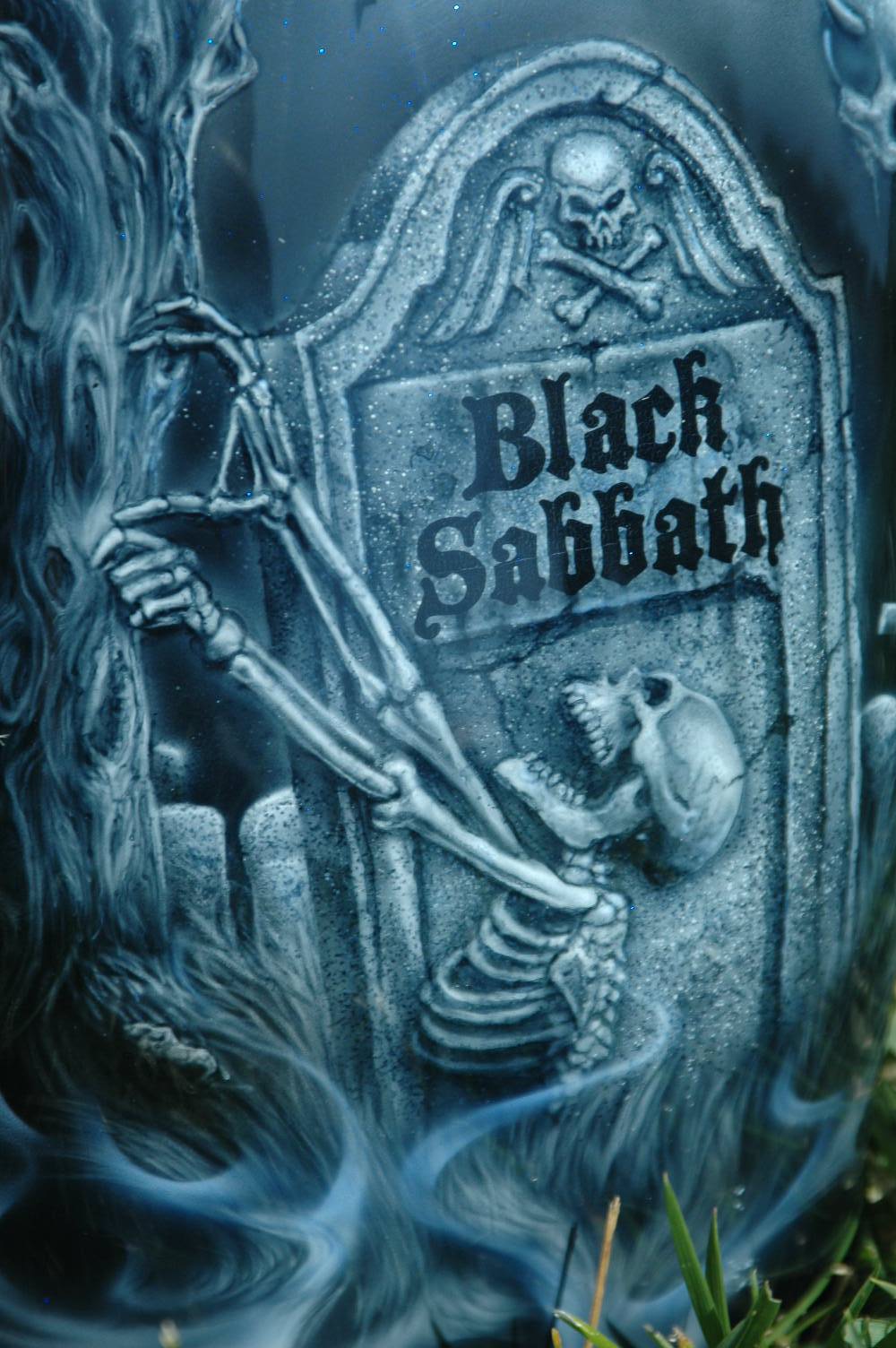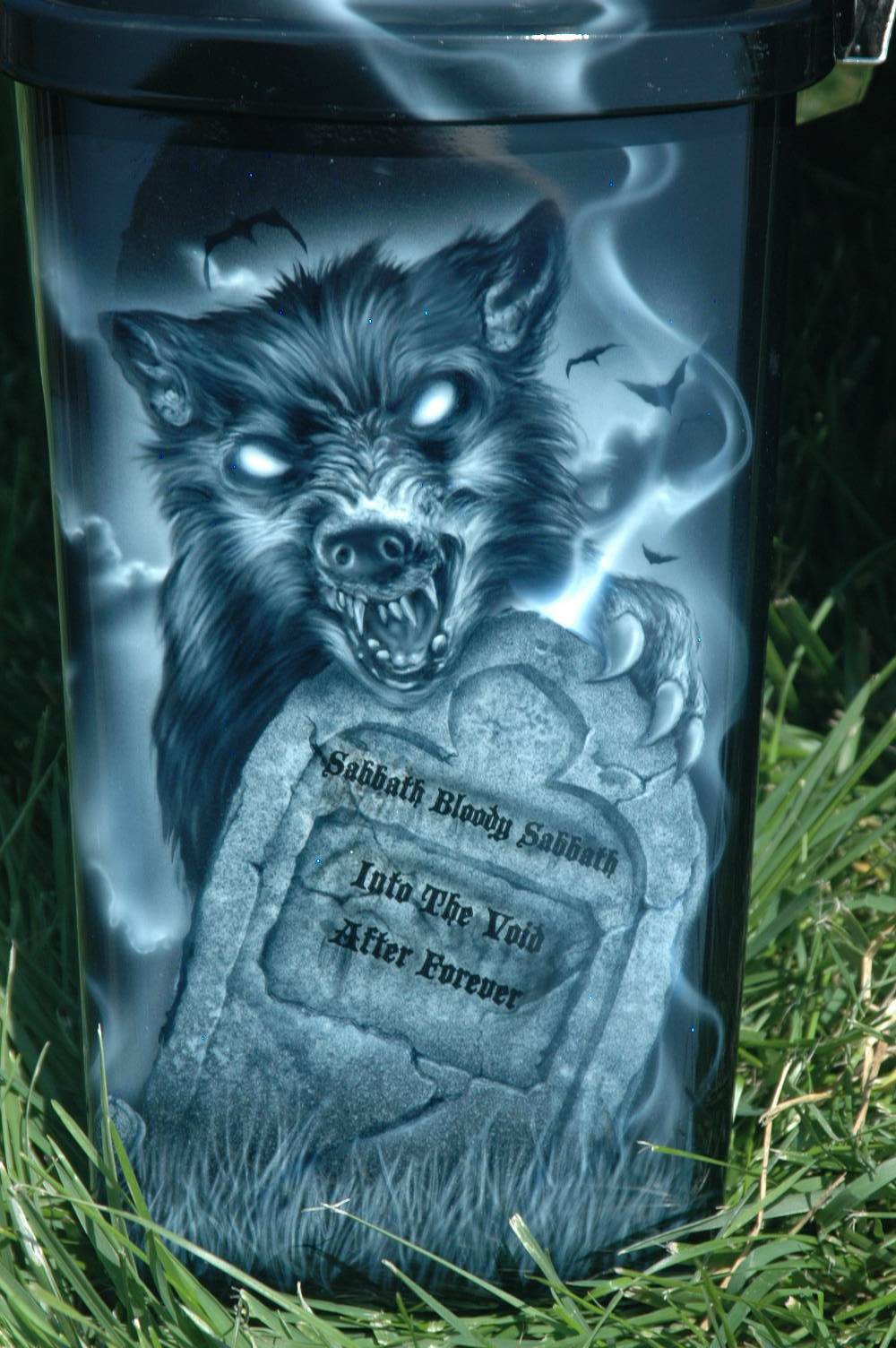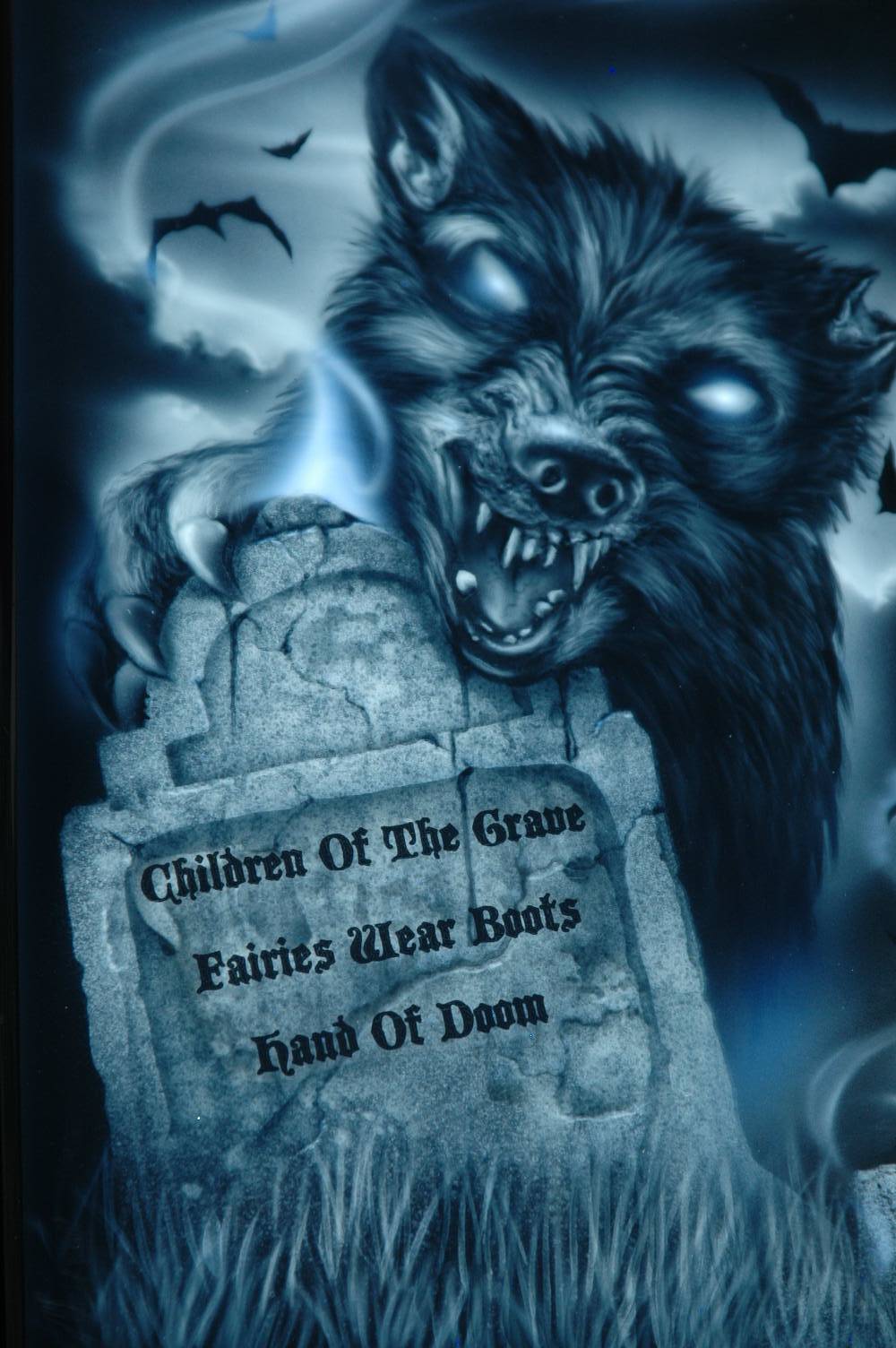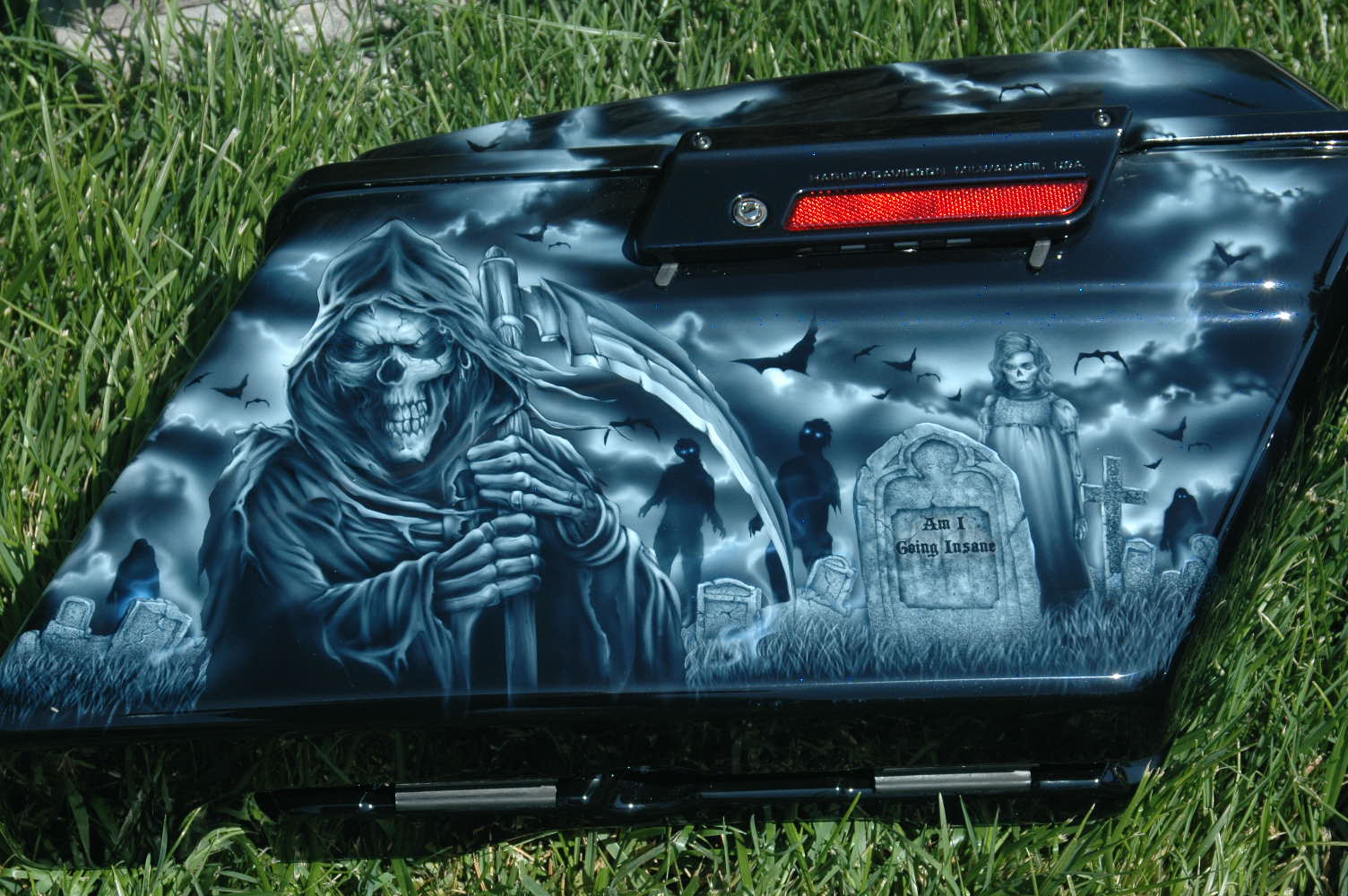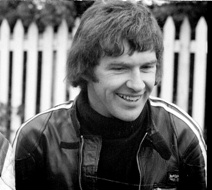
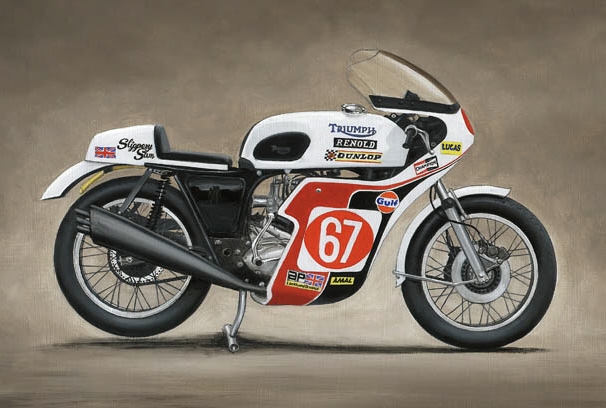


Four-time Isle of Man TT winner, Raymond Pickrell dies at 67.
Ray Pickrell learned to ride fast on the north London roads around the Ace Cafe and the Busy Bee where bikers used to hold impromptu races.
After acquiring a second-hand 500cc Manx Norton, Ray competed in his first race, at Brands Hatch, in March of 1961. A long and expensive apprenticeship followed with his father maintaining his ex-Bob McIntyre 350cc Manx. Gradually Pickrell's results improved, helped in part by having the engines rebuilt each winter by the legendary engine tuner, Francis Beart.
In 1964, he suffered his first major crash. He awoke in the hospital with a broken thigh; a massive pin driven down the center of the bone holding it in place.
The following season, struggling financially with racing becoming increasingly expensive, he was on the verge of giving up when ex-racer Geoff Monty offered Ray a sponsorship deal which involved him racing a 250cc Bultaco, a 350cc Aermacchi and a Triumph-engined 500cc "Monard" (bastard bike built by Geoff Monty/Dudley Ward).
Without having to worry about the expense of maintaining the bikes, Pickrell continued to impress, and in 1967 he caught the eye of the south London Norton dealer Paul Dunstall.
Pickrell responded with a string of successes, and he scored his first major win in the big-bike final at Snetterton, riding a 750cc Domiracer. The results prompted Dunstall to offer him full sponsorship for 1968, and Pickrell responded by winning an astounding 17 races!
He jumped at the chance to ride for the Triumph/BSA team in 1971 and was an immediate success on their three-cylinder 750cc racers.
Pickrell teamed with Percy Tait riding the famous Triumph Trident "Slippery Sam"; and finished the year by winning the world's premier endurance race, the 24 hour Bol d'Or in France.
He won two TT races in June 1972 - the Production Machine Race on "Slippery Sam", and the Formula 750 race on a Triumph.
The last big race of the year for the Triumph team was the Mallory Park Race of the Year meeting in September.
Pickrell finished fourth in the feature event, and the team seemed set to take the first four places in the supporting 1000cc event, until his bike locked as he negotiated the "Devil's Elbow" at more than 90 mph.
"There was nothing I could do," he reflected. "I went flying and when I landed Tony Jefferies' bike came out of the air and fell on me. It smashed my pelvis into six pieces and left me screaming in agony."
Raymond Pickrell would eventually recover, although he never raced again.
Today in motorcycle history proudly supports the National Association for Bikers with a Disability (NABD). www.nabd.org.uk
















